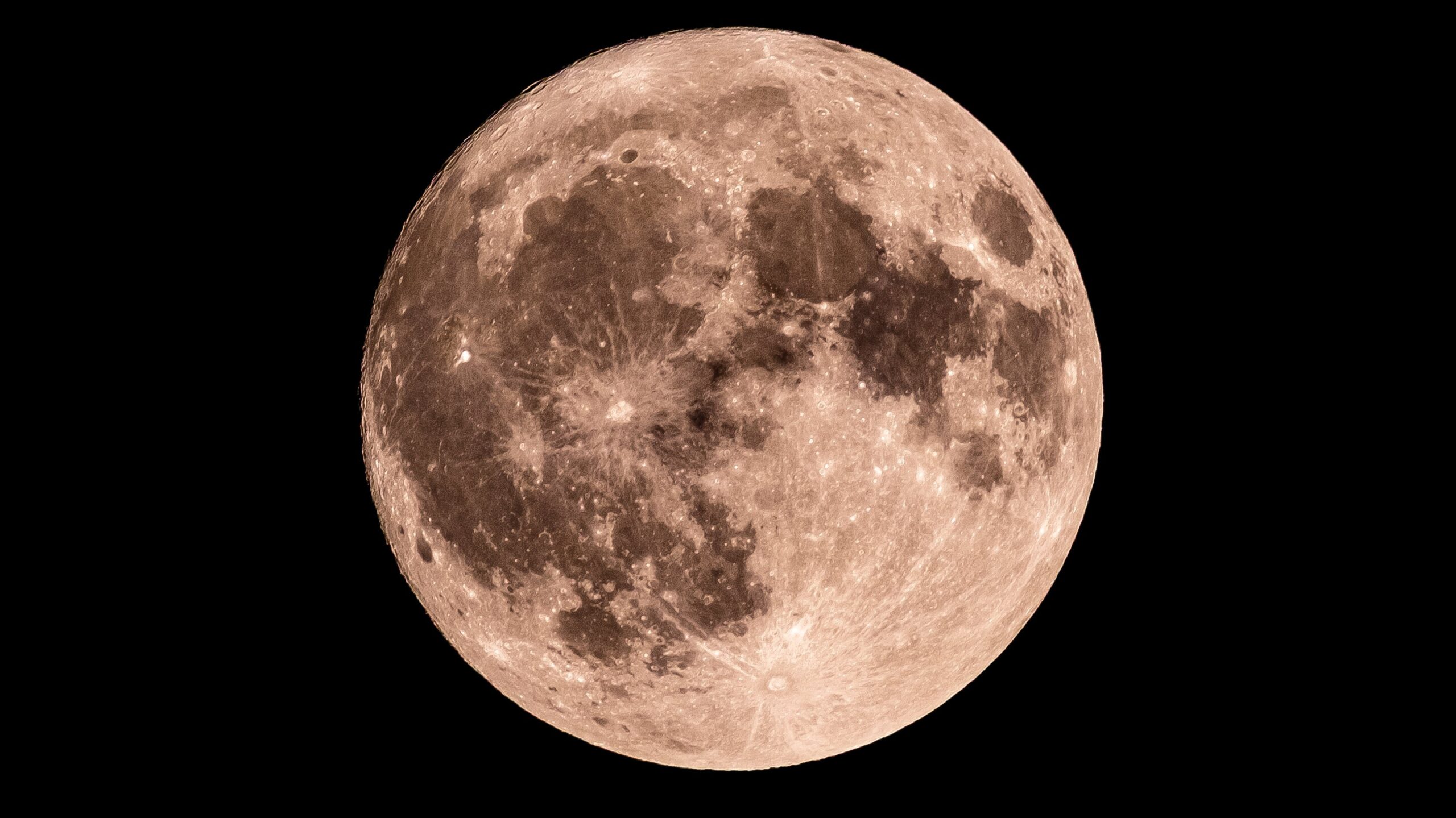Science
Moon Phase Update: Witness the Waning Crescent on October 18

On October 18, 2023, the moon is in its Waning Crescent phase, with only 8% of its surface illuminated. This limited visibility is expected to continue for several days as we approach the New Moon, during which the moon will be nearly invisible from Earth. The current phase presents a subtle crescent, making it less noticeable to the casual observer.
Viewing Opportunities and Features
Although the moon’s brightness is minimal, those equipped with binoculars or a telescope may catch a glimpse of the Grimaldi Basin. This notable impact feature spans approximately 124 miles in diameter and offers an interesting sight for astronomy enthusiasts.
The next significant lunar event will be the Full Moon, occurring on November 5, 2023. As the moon continues its cycle, it will transition through various phases, each offering unique visual characteristics. Understanding these phases enhances the appreciation of our celestial neighbor.
The Cycle of Moon Phases Explained
The moon follows a continuous cycle approximately lasting 29.5 days as it orbits Earth. This cycle is influenced by the relative positions of the Sun, Earth, and Moon. As these positions change, different portions of the moon are illuminated, creating the distinct phases that observers on Earth can see. Notably, the same side of the moon always faces our planet due to tidal locking.
The eight primary moon phases include:
- New Moon: The moon is positioned between Earth and the Sun, rendering it invisible.
- Waxing Crescent: A small sliver of light is visible on the right side.
- First Quarter: Half of the moon is illuminated on the right side, resembling a half-moon.
- Waxing Gibbous: More than half of the moon is lit, but it is not yet fully illuminated.
- Full Moon: The moon is completely illuminated, presenting a full face.
- Waning Gibbous: The moon begins to lose light from the right side.
- Third Quarter: Another half-moon, but the left side is now lit.
- Waning Crescent: A thin sliver of light remains on the left side before it transitions back to darkness.
As the moon continues its journey across the night sky, observers can look forward to varying sights and experiences. The changing phases not only provide aesthetic enjoyment but also hold significance in various cultural and scientific contexts.
-

 Business1 week ago
Business1 week agoIconic Sand Dollar Social Club Listed for $3 Million in Folly Beach
-

 Politics1 week ago
Politics1 week agoAfghan Refugee Detained by ICE After Asylum Hearing in New York
-

 Health1 week ago
Health1 week agoPeptilogics Secures $78 Million to Combat Prosthetic Joint Infections
-

 Science1 week ago
Science1 week agoResearchers Achieve Fastest Genome Sequencing in Under Four Hours
-

 Lifestyle1 week ago
Lifestyle1 week agoJump for Good: San Clemente Pier Fundraiser Allows Legal Leaps
-

 Health1 week ago
Health1 week agoResearcher Uncovers Zika Virus Pathway to Placenta Using Nanotubes
-

 World1 week ago
World1 week agoUS Passport Ranks Drop Out of Top 10 for First Time Ever
-

 Science1 week ago
Science1 week agoMars Observed: Detailed Imaging Reveals Dust Avalanche Dynamics
-

 Entertainment1 week ago
Entertainment1 week agoJennifer Lopez Addresses A-Rod Split in Candid Interview
-

 Business1 week ago
Business1 week agoSan Jose High-Rise Faces Foreclosure Over $182.5 Million Loan
-

 World1 week ago
World1 week agoRegional Pilots’ Salaries Surge to Six Figures in 2025
-

 Top Stories7 days ago
Top Stories7 days agoChicago Symphony Orchestra Dazzles with Berlioz Under Mäkelä









